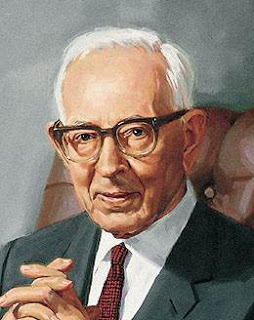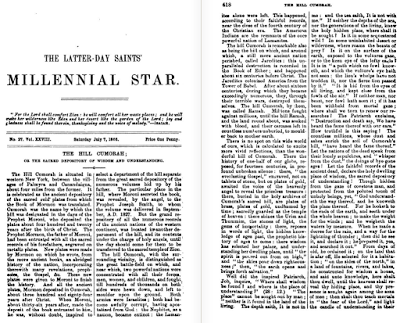Awesome trip–tours in general
It was an amazing trip for me, and I learned a lot from each of the participants. (We have our own separate pages for tour discussions, so I’m not going to talk about it on this blog.)
The trip was so awesome I want to say something about tours generally.
_________________
Church history tours. During the trip, we shared a hotel with a Church history tour group. They were being told nothing about the abundant Book of Mormon connections to Church history in Iowa, Illinois, Ohio, and New York.
Same with the visitors to Church history sites, including visitors centers. It’s extremely unfortunate, IMO. Can you imagine going all the way to Palmyra and standing on the Hill Cumorah and never even knowing what Oliver Cowdery and Joseph Smith said about what took place on and near that hill? About what Mormon observed when he was standing where you are?
We talked with a senior missionary who told us that just the day before, he was serving at the Hill Cumorah and he had some Mesoamerican advocate come up and insist this wasn’t the “real” Hill Cumorah. The senior missionary had served his first mission in Ohio, so he knew what was going on with the Book of Mormon, and he told the visitor, but he didn’t have Letter VII to use.
Now he does.
So if you’re planning to go on a Church history tour, make sure it includes the Book of Mormon elements. If your guides and/or tour company don’t even know about Letter VII, or if they reject it, don’t go with them. You’ll regret it otherwise because of all the things you’ll miss out on.
_________________
“Book of Mormon” tours to Central America. If you’re thinking of taking a “Book of Mormon” tour to Central America, be sure to read Letter VII first and ask your guides and travel company what they think about it.
You’ll get your answer real quick.
I’ve been to Central America several times and I enjoy visiting and learning about the ruins and modern cultures there. I enjoy the scuba diving and the beaches as well. So by all means, visit Central America. Just don’t think you’re going to be visiting any Book of Mormon sites when you’re there.
Source: Book of Mormon Wars






